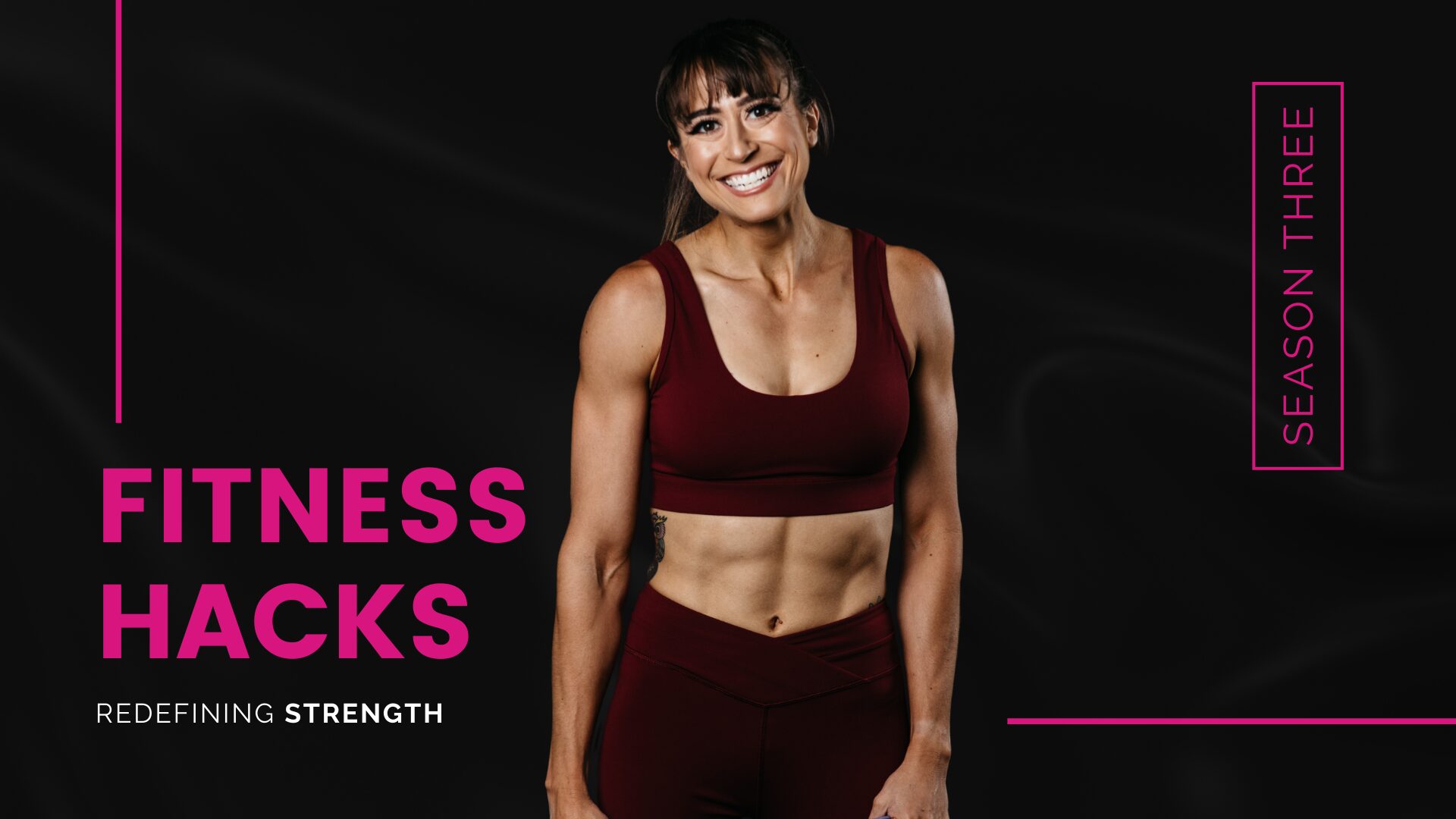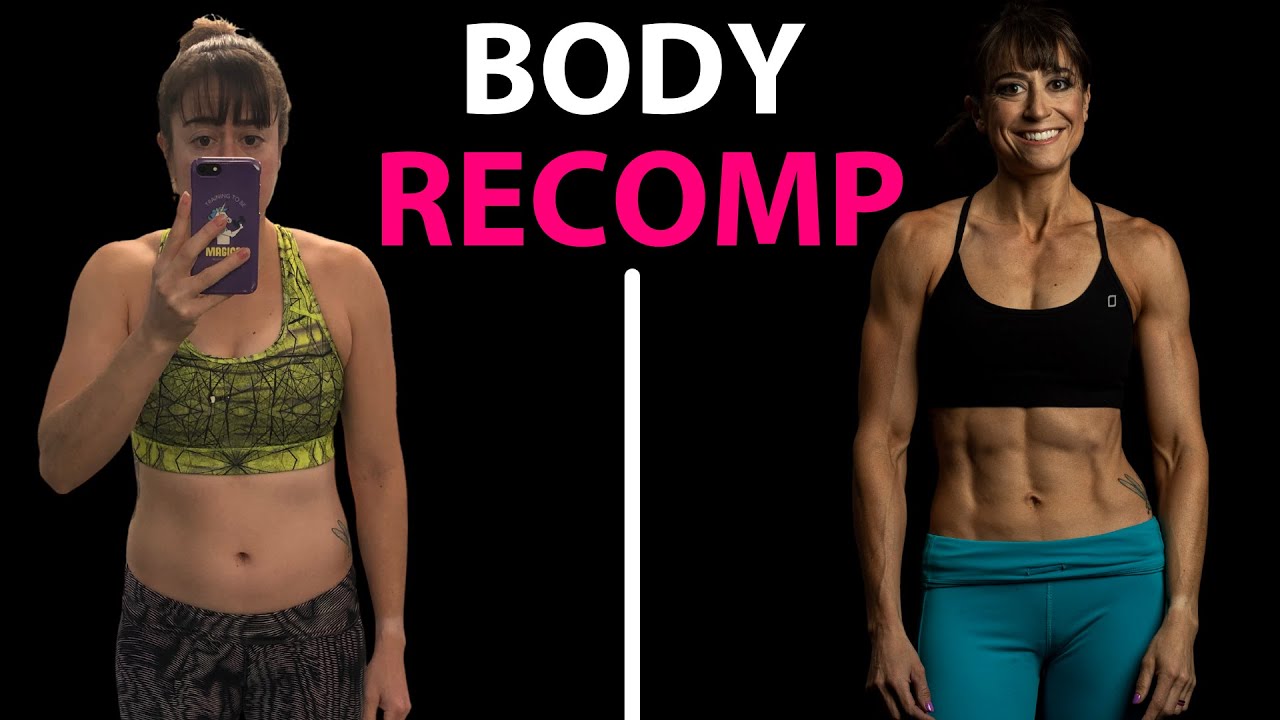#1: Don’t Fear Carbs. Dial In Your Macros.
If you want to add muscle without gaining fat, you can’t ignore the importance of the macro breakdown you use. And you may even find you cycle ratios as your training routine changes.
By focusing on macros over just the calories in vs calories out, you can help yourself avoid gaining unwanted fat.
And while focusing on protein should be the first thing you do, going slightly higher in protein if you’re in a deficit than you would when you’re in a surplus, you also can’t ignore the importance of CARBS.
Low carb is all the rage right now, especially for weight loss. But carbs play an important role in promoting the most efficient muscle gains.
You want the immediate energy to fuel your workouts so you can train hard without fatiguing as easily. This allows you to really fully benefit from your training routines.
Carbs have a protein sparing effect.
They create an anabolic environment that protects your lean muscle while giving you the fuel you need to rebuild after your training sessions.
If we don’t have sufficient readily available energy, protein will be used instead. And, especially if you’re already lean, this means your body will even start to break down muscle tissue to use as immediate fuel.
So consuming enough carbs is key to helping you protect your lean muscle, support muscle growth and recover faster from your training sessions.
And the more active you are, often the more carbs are even necessary to help with body recomposition and fat loss.
So while you may fear carbs because you saw a quick change on the scale due to glycogen and water weight being stored, you need this fuel if you’re serious about those muscle gains.
This scale change due to full glycogen stores is NOT fat being gained. So be prepared for that weight change if you are increasing carbs to go into more of a muscle building focused phase!
#2: Use A Variety Of Rep Ranges.
If you want to lose weight, you can actually do so by simply adjusting your diet.
While training makes it easier, and has been shown to be key for long-term success, you can truly lose weight without changing your activity.
BUT if you want to gain muscle, you’ve got to create a clear plan of action for the gym.
Now the question that often comes up is, “How many reps and sets?”
Do I do lighter weights and more reps or heavier weights and fewer reps?
The simple fact of the matter is – If it challenges you, it will change you.
So while yes, lifting weights makes it so much easier to gain muscle, you can achieve gains even using bodyweight moves by creating progression through tempos, range of motion, instability not to mention simply advancing moves in different ways.
The key is creating that new challenge strategically.
Now in terms of the reps and sets you use…
Well that really depends on so many factors, but the simple answer is USE A VARIETY or rep ranges to get the best results.
This can actually help you even increase training frequency over the week if every workout isn’t leaving you completely destroyed and help you utilize all three drivers of muscle growth.
Program in heavy compound lifts to start a few workouts in that 1-5 rep range. This can help you build maximal strength to lift more even in other moves. And it can help you really apply loads to those big muscle groups to challenge them. The more weight you can move overall, aka the stronger you are, the better the gains you’ll see. So doing some lifts focusing on building strength can improve your muscle gains.
Then program in some other compound accessory exercises to address those muscles further, working in that 6-15 rep range or the traditional hypertrophy rep range. This can help you really continue to challenge those stronger muscles.
To finish you may want to add in some more isolated moves working in that 15-20 or strength endurance rep range even. These moves may create more metabolic stress or they may be moves that isolate smaller muscles where you can only create so much challenge through loads alone.
By working in these different rep ranges, using different types of moves and even tools, you can even better utilize the different drivers of muscle growth as well – from muscle tissue damage to mechanical tension and metabolic stress.
But just remember, whether you’re working in the 1-5 rep range or the 15-20, no loads should feel light. You should always feel like you can’t do more weight in the given rep range, even focusing on working down in the assigned rep range over the week while increasing loads!
#3: Play With Meal Timing.
Meal timing is one of those things I think should oddly be the LAST of your worries BUT I also think it can be a really powerful tool to use to your advantage when working to get the most efficient muscle gains without gaining fat.
I just want to note that you should not stress over your meal timing, especially to start. If you hit your macros and calories overall for the day, you’re going to see results.
So do not stress if one day you can’t adhere to your ideal meal timing.
However, because making sure our muscles have the fuel they need to recover, repair and rebuild is so key, tweaking our meal timing can be super helpful.
Taking in some carbs pre workout can help really prevent any extra muscle tissue breakdown and allow our muscles to efficiently utilize the protein to build.
You have that immediate fuel to power through a tough workout and you immediately replenish those depleted glycogen stores after for the protein sparing effect.
By also consuming protein pre and post workout, you ensure your body has what it needs to rebuild when it is primed to do so.
A big main reason to eat post workout is actually to create an insulin response.
Insulin is an anabolic hormone, meaning it helps promote muscle growth and spiking it halts protein breakdown while encouraging protein synthesis.
Preventing protein breakdown can also aid in recovery.
Basically, post workout your body is primed to use the calories you give it to rebuild so some sort of post workout fuel can be good to help you build muscle and recover.
A simple carb source is key to replenish depleted glycogen stores and help you create that insulin response to build muscle, reduce soreness and help your body recover more quickly.
Fast digesting proteins and simple carbs are ideal.
Especially the older we get, because we don’t utilize protein as efficiently, the more we can benefit from taking in more protein, closer to 40 grams of protein, post workout.
Now what about Intermittent Fasting and fasted training?
You can 100% do IF and gain muscle. However, fasted training may not be ideal if your focus is truly on gaining muscle.
Studies have shown that even moderate glycogen depletion may impact performance.
So if you are training fasted, you may not be able to push as hard as you would had you had full glycogen stores. And being able to create that progression is key.
Not to mention you do risk your body seeking out energy from other sources, breaking down protein and muscle tissue for energy depending on the length of your fast and the fat stores available.
Especially if you are in a deficit, but really want to focus still on building lean muscle, be careful of fasted training.
So if you do choose to do IF consider breaking your fast prior to your training with even a small snack if muscle hypertrophy is your primary focus!
SUMMARY:
While it is possible to gain muscle and lose fat or achieve body recomposition, don’t expect results overnight. Especially the longer you’ve been training the longer it will take often to create those changes.
And as strange as it sounds, when it comes to body recomposition, slow results are often the REAL results.
So while you may want to do what you can to rush the process focus on staying consistent even when it feels like things aren’t building!
Achieve your ideal body composition and lasting results with a workout and diet routine that actually fits YOUR lifestyle.
Learn more about my 3-Part RS System…
–> The RS Formula






